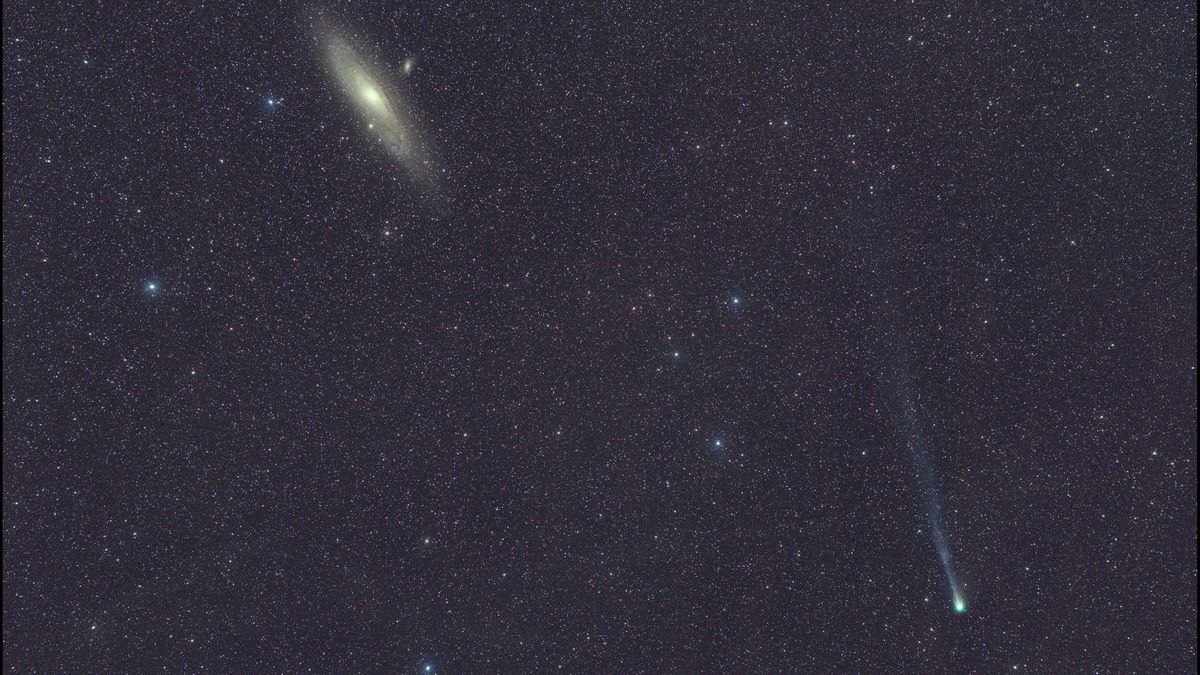Mars’ Unique White Rocks Unveiled by Perseverance Rover
Mars, often referred to as the “Red Planet” due to its rusty red surface, has recently revealed a fascinating mystery to scientists with the discovery of thousands of white rocks scattered across its terrain. NASA’s Perseverance rover, a cutting-edge robotic geologist that has been diligently exploring the intricate landscapes of the Jezero Crater since early 2021, captured images showcasing over 4,000 light-toned pebble-sized rocks strewn across the crater floor.
During the Lunar and Planetary Science Conference (LPSC) last month, planetary scientist Candice Bedford from Purdue University in Indiana, and a distinguished member of the Mars 2020 science team expressed her intrigue, stating, “These are very unusual rocks and we’re trying to figure out what’s been going on.”
Uncovering the Dehydrated White Rocks
The enigmatic white rocks, aptly labeled as “floats” by scientists, indicate that they have been transported from their original locations. These rocks exhibit a range of features – some are smooth with pits, while others showcase intricate layers that hint at a complex history. Initial analyses conducted with Perseverance’s onboard instruments unraveled the dehydrated nature of these rocks, not only in terms of water content but also in essential minerals such as iron, magnesium, calcium, and sodium.
Bedford highlighted the significance of the findings, stating, “These rocks are notably depleted in various elements.” The unique composition and dehydrated state of these rocks provide valuable insights into the geological evolution of Mars, shedding light on past processes that shaped the current landscape.
Unraveling Martian History Through White Rocks
Scientists are particularly interested in discerning the origins of these unusual rocks, as they could hold vital clues about Mars’ ancient history. The presence of these rocks implies past geologic events, such as lava flows or asteroid impacts, that metamorphosed the rocks and eventually led to their deposition in the Jezero Crater. Furthermore, the absence of outcrops related to these rocks suggests a recent occurrence in the crater’s geologic timeline.
Despite the abundance of white rocks, Perseverance has yet to discover outcrops that could provide further insights into the formation and history of these peculiar formations. The research team remains devoted to unraveling the mysteries surrounding these rocks and their implications for Mars’ past.
Perseverance’s Continual Exploration and Mission Extension
The Perseverance rover has made significant strides in its exploration of Mars, covering over 15 miles since its touchdown on the planet’s surface. Celebrating 1,000 days of scientific exploration last December, the rover fulfilled its initial mission objectives and has since embarked on a bonus mission.
As part of the extended mission, Perseverance has set its sights on reaching the Jezero Crater rim, where additional discoveries await. Recent images captured by the rover’s long-distance camera have uncovered more light-toned rocks in the vicinity, hinting at a diverse geology waiting to be explored.
Exploring Unique Geology and Biosignatures
Scientists believe that the Jezero Crater rim harbors a unique geological setting yet to be encountered within the crater itself. The exploration of this region could unveil pre-Jezero rocks holding records of Mars’ crust formation and early climate conditions. Moreover, these rocks may provide crucial evidence of biosignatures, offering invaluable insights into Mars’ potential habitability in the distant past.
Efforts are underway to map the rim in detail and identify key sampling locations that could enhance our understanding of Mars’ history and potential for past life. One such area of interest, Nili Planum, is speculated to have formed in warm conditions that may have supported life if it ever existed on the barren planet.
Impact of Mars Sample Return Program
The Mars Sample Return (MSR) program, spearheaded by NASA, is poised to revolutionize our understanding of Mars through the analysis of collected samples. These samples, including the enigmatic white rocks, hold immense scientific value that can only be fully realized upon their return to Earth.
Scientists aim to time-date these samples and unravel Mars’ geologic timeline, shedding light on its habitability and evolution over time. The successful completion of the MSR program would mark a significant milestone in planetary science, providing a wealth of data to further our knowledge of Mars and its intriguing history.
Future Prospects and NASA’s Ongoing Efforts
While uncertainties surround the timeline and approach for returning the Martian samples to Earth, ongoing evaluations and recommendations are shaping the future of the MSR program. NASA’s commitment to planetary science is reflected in the allocation of funds and resources for future missions, including the Mars Sample Return initiative.
As scientists await the outcomes of the MSR program’s review and revised plans, the anticipation for groundbreaking discoveries from Mars continues to grow. The culmination of these efforts holds the promise of transforming our understanding of Mars and unlocking its secrets hidden beneath the red planet’s surface.
Image/Photo credit: source url





